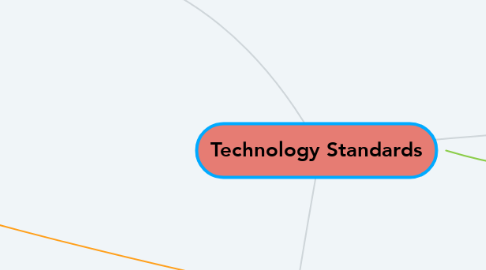
1. ICT Prgram of Studies
1.1. Morality and Technology (F3) - Students must illustrate the use of technology in a moral and ethical manner
1.2. Discerning Consumers (F4) - Students must be able to compare and evaluate the information gained online and through mass media. They must also be able to analyse the multiple elements that can affect the authenticity of information obtained online.
1.3. Understanding Technology (F6) - Students must demonstrate a basic understanding of the skills required to operate various technologies.
2. Learning and Technology Policy Framework
2.1. Student-Centered Learning (1) - Technology is a means of promoting and supporting the students as they learn. It allows each student to achieve a personalized and authentic learning experience
2.2. Research and Innovation (2) - All education professionals, including teachers and administrators, must promote and sustain scholastic innovation by reviewing, sharing and applying research and fact-based practices in their work.
2.3. Professional Learning (3) - All education professionals, including teachers and administrators, must personally develop and maintain the knowledge, skills and attributes related to the effective, efficient and innovative use of technology. By applying these skills, they are thus able to support and enhance learning and teaching.
3. ISTE Standards
3.1. For Students
3.1.1. Empowered Learner (1) - Students are able to take advantage of technology in order to actively participate in choosing, illustrating and achieving their academic goals. This is accomplished by first setting goals, leveraging technology and customizing their learning experience.
3.1.2. Digital Citizen (2) - In our interconnected digital world, it is important that student be able to recognize the responsibilities and opportunities provided by technology and be able to act in a safe, legal and ethical manner. It is especially important that students understand the permanence of the digital world and act accordingly.
3.1.3. Creative Communicator (6) - Students are able to clearly communicate and express their ideas in a creative manner using a format appropriate to their purpose. This includes being able to chose the proper platform and tools to create, share and communicate their unique ideas.
3.2. For Teachers
3.2.1. Facilitate and Inspire Student Learning and Creativity (1) - Teachers facilitate the students' learning experiences by relying on their personal knowledge base. By drawing from their experience with the subject matter, teaching and related technology, teachers can promote experiences that encourage learning, creativity and innovation for their students.
3.2.2. Model Digital Age Work and Learning (3)- Teachers must exhibit the knowledge, skills and works ethics of an innovative professional in the modern interconnected and digital world.
3.2.3. Promote and Model Digital Citizenship and Responsibility (4) - In a constantly changing digital society, teachers must understand local and global societal issues and responsibilities in order to promote and model legal and ethical behavior in their professional actions.

